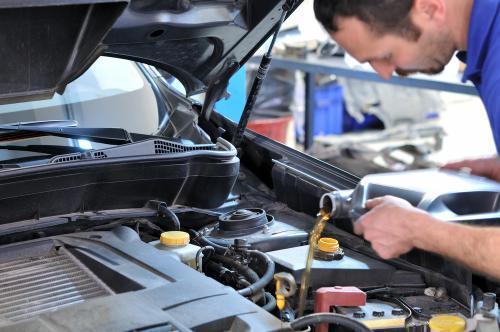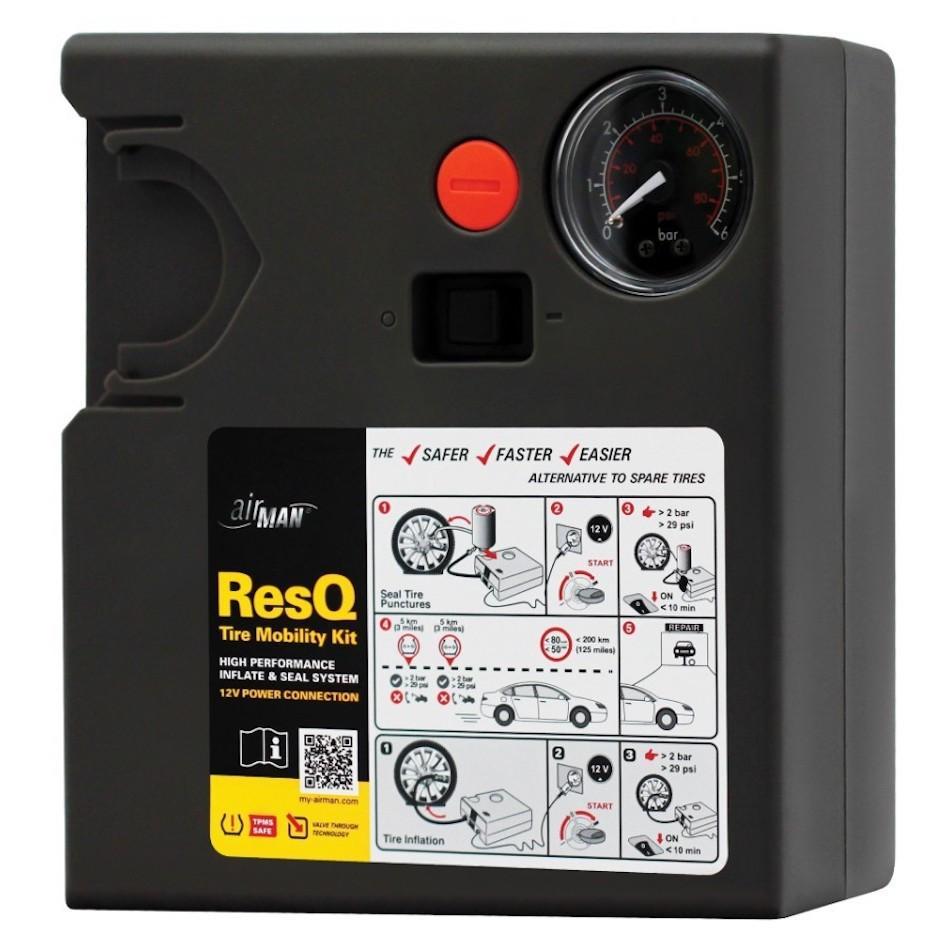
Oil and engine start in winter
 Winter is the most difficult time of the year for car engines, which cope with a large number of additional loads. The recipe for such problems is the right oil, which allows the engine to run easier and relieves the car owner of stress and unnecessary costs.
Winter is the most difficult time of the year for car engines, which cope with a large number of additional loads. The recipe for such problems is the right oil, which allows the engine to run easier and relieves the car owner of stress and unnecessary costs.
 The greatest fuel consumption and load on the engine components occur when it is started, especially when we start the engine on winter mornings, at low temperatures. This is when the lubrication system must immediately supply oil to cold moving parts that are at rest for a long time, minimize the resulting friction as quickly as possible and provide them with adequate lubrication, preventing wear. Considering that in a standard car engine there are several hundred working parts and the functioning of each of them requires proper lubrication, one can imagine how important this task is for the entire oil system and the oil itself.
The greatest fuel consumption and load on the engine components occur when it is started, especially when we start the engine on winter mornings, at low temperatures. This is when the lubrication system must immediately supply oil to cold moving parts that are at rest for a long time, minimize the resulting friction as quickly as possible and provide them with adequate lubrication, preventing wear. Considering that in a standard car engine there are several hundred working parts and the functioning of each of them requires proper lubrication, one can imagine how important this task is for the entire oil system and the oil itself.
Friction protection
One of the key issues related to engine lubrication efficiency in winter is oil viscosity (SAE viscosity grade). On the one hand, the “liquid” or “liquid” oil, the faster the pump can take it from the sump and distribute it throughout the system, on the other hand, too low a viscosity reduces its friction protection. It should also be remembered that as the temperature in the engine rises, the viscosity of the oil will decrease, and this will affect the thickness of the oil “film” distributed over the mechanisms. Therefore, the key to success is finding the “golden mean” by the oil manufacturer, which guarantees the fastest lubrication of the engine during the first start-up and its long-term operation with appropriate oil protection.
See also: Three footballers say goodbye to Chojniczanka. Nikita with a new contract
Oil viscosity
The viscosity grade marking gives us information about the operating conditions of the oil. Determining the winter parameters of the oil allows comparison of low temperature properties. This means that “0W” oil will provide the same oil flow parameters at -40o C for "5W" oil in - 35o C, and “10W” oil - - 30o C i "15W" to - 25o C. It also matters if we use mineral oil, synthetic oil, or a product made with both of these technologies.
In addition to the correct selection of oil and its cyclic replacement, it is worth remembering a few basic rules for the daily care of a car engine. Avoid long stops after starting the engine, which is often the case, especially on snowy mornings when you leave the car idling for a few minutes. This is a common practice for car interior insulation.
and defrosting windows with air supply.
Equally important is the timely replacement of the oil along with the filter, in accordance with the manufacturer's recommendations, and the systematic monitoring of its level. This guarantees long and trouble-free operation of the engine, regardless of the time of year and prevailing weather conditions.
